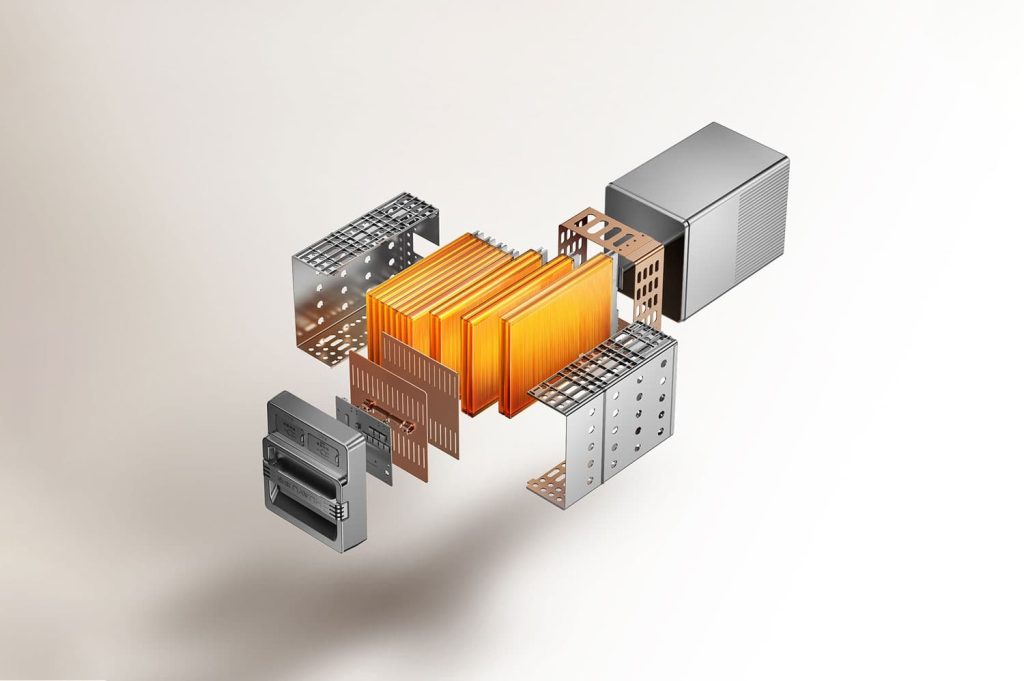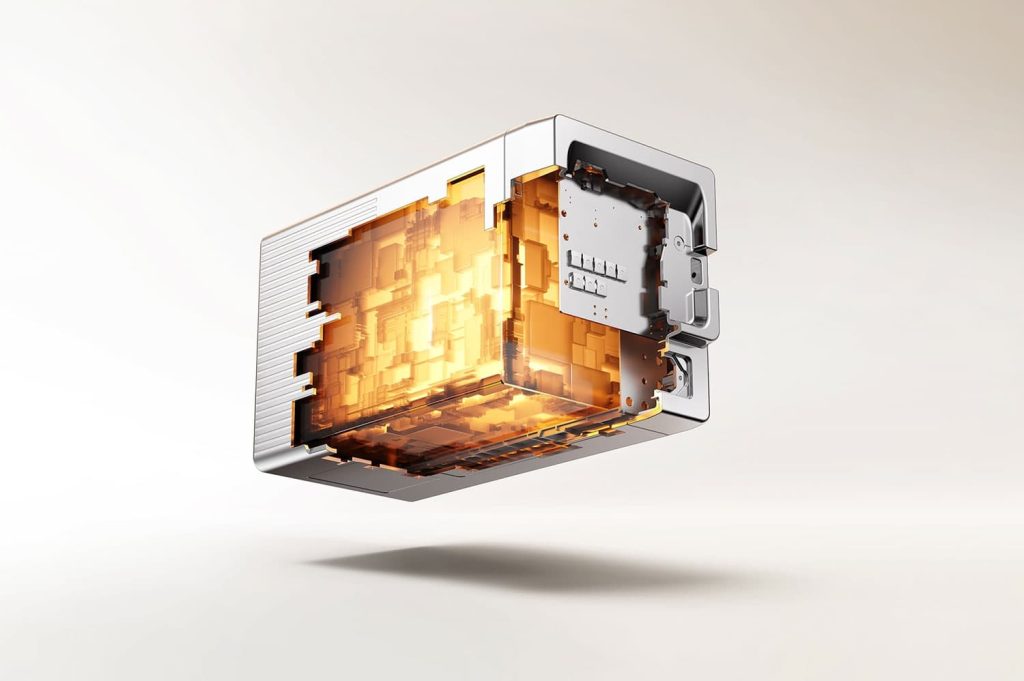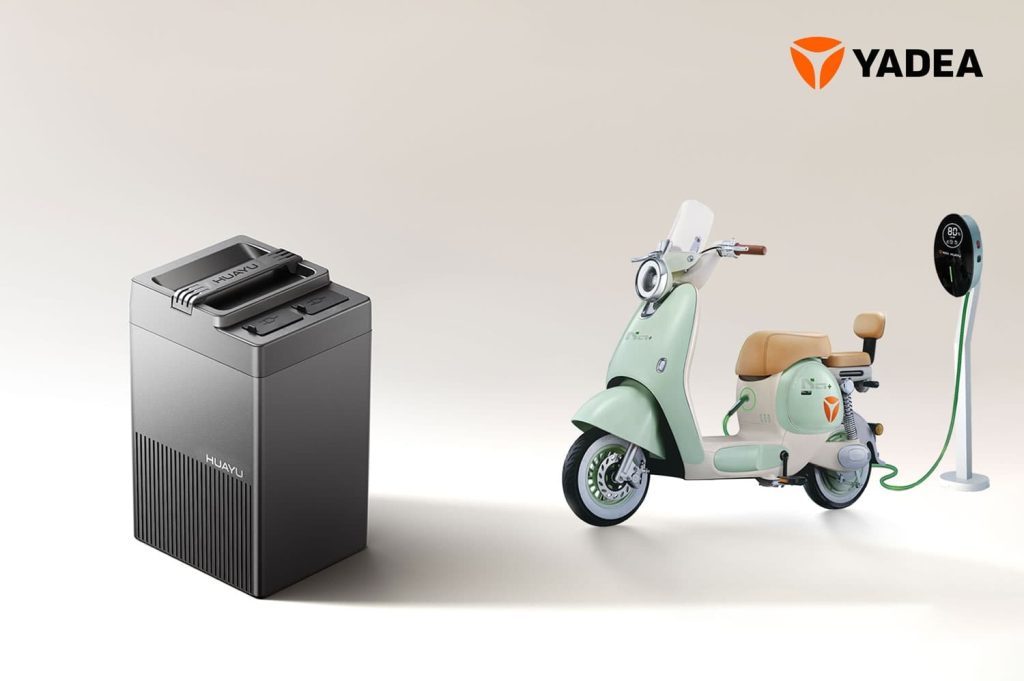
Yadea, which has claimed the title of the world’s largest electric vehicle maker for seven years running, has just announced a new electric motorbike powered by the company’s innovative HuaYu sodium-ion battery technology.
Yadea has long dominated the electric two-wheeler and three-wheeler market globally, but has generally relied on both lithium-ion and lead acid batteries to power its vehicles in different markets.
The newly unveiled electric scooter uses Yadea recently introduced sodium battery technology, offering what the company says is outstanding performance in range, charging speed, and safety. Using the HuaYu Sodium Superfast Charging Ecosystem presented by Yadea, the battery can reach 80% charge in just 15 minutes, providing greater convenience for riders.
Yadea’s sodium battery has successfully passed more than 20 safety tests, many focusing on its resistance to fire and explosions under extreme conditions like punctures and compression.
Yadea’s new sodium battery offers an energy density of 145 Wh/kg and a lifespan of up to 1,500 cycles at room temperature, with the company rating it for a five-year useful lifespan. It also includes a three-year warranty for added assurance.
With excellent low-temperature capabilities, the battery retains over 92% of its discharge capacity at -20°C, making it well-suited for colder climates.

Sodium batteries present major advantages
Most electric vehicles used in the West, especially electric two-wheelers, rely on lithium-ion batteries for their high energy density. But sodium-ion batteries offer many benefits over traditional lithium-ion batteries.
Sodium is an abundant element on the planet and is easily accessible, unlike lithium, which is concentrated in specific regions and often expensive to extract. This abundance can make sodium-ion batteries cheaper to produce, reducing costs for EV manufacturers and potentially making electric vehicles more affordable.
Lithium mining also has environmental challenges, such as water depletion and habitat destruction. Sodium, on the other hand, can be sourced from seawater or common salts, offering a more sustainable and environmentally friendly option.
Sodium-ion batteries are less prone to overheating and thermal runaway compared to lithium-ion batteries. This makes them inherently safer for electric vehicles, reducing the risk of fires and improving consumer confidence in EV technology.
Sodium-ion batteries perform better than lithium-ion in cold climates. Lithium-ion batteries struggle with capacity retention in freezing conditions, but sodium batteries maintain efficiency, making them ideal for EVs in colder regions.

Sodium batteries still have challenges to overcome
While sodium-ion batteries are promising, they currently have a lower energy density than lithium-ion batteries, meaning they store less energy per unit of weight.
For EVs, this translates to shorter driving ranges for the same-sized battery. That’s especially important in electric two-wheelers like motorbikes and electric bicycles, which don’t have much extra space for storing bulky batteries.
However, advancements in cathode materials and battery architecture are quickly closing this gap, which Yadea has demonstrated. These sodium-ion batteries still can’t match the energy density of lithium-ion batteries, but as they continue to improve their energy density, the technology’s other major advantages provide encouraging signs for larger adoption in the industry.
Yadea’s status as a major electric motorbike maker also means that its adoption of sodium-ion battery technology could help lead the entire industry towards this battery chemistry, bringing safety and performance benefits along with it.

Last year I had the unique opportunity to visit one of Yadea’s global manufacturing sites.
To see inside the company’s massive and highly-automated manufacturing processes, check out the video below!
Author: Micah Toll
Source: Electrek



